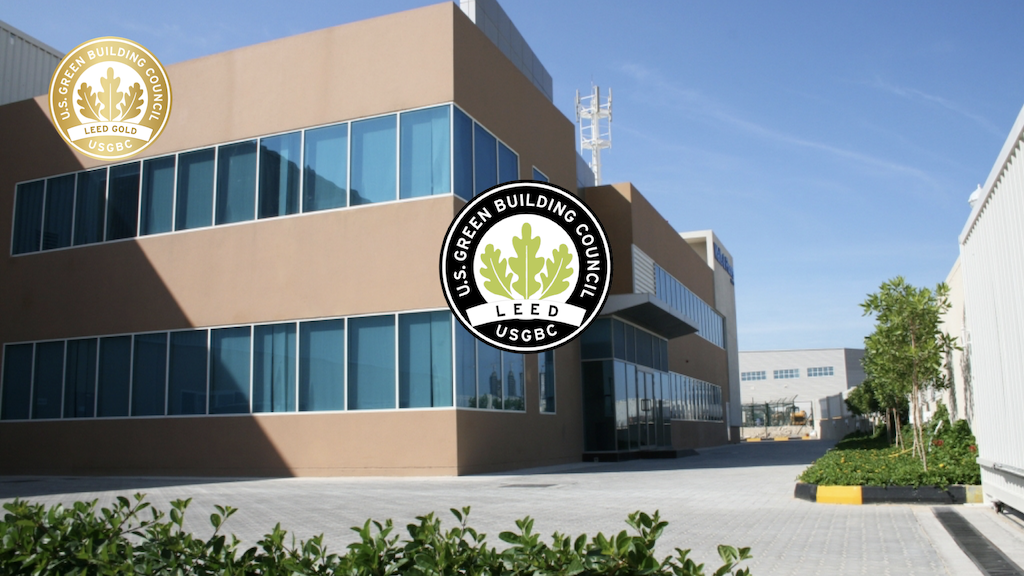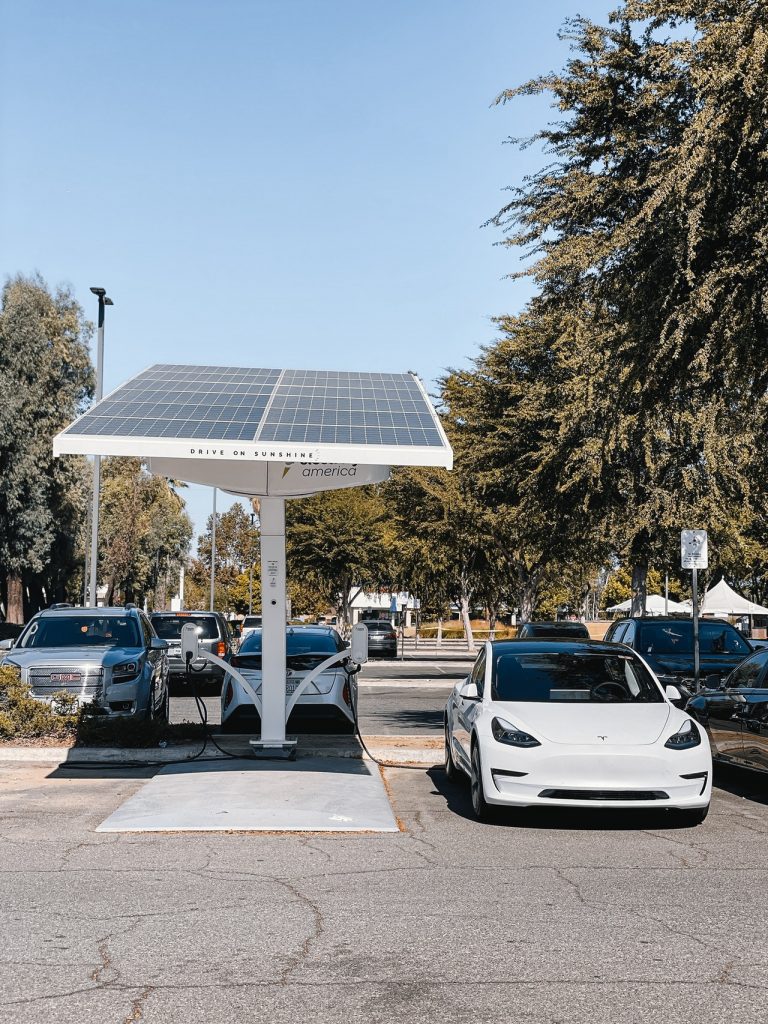
Building and community planning, design, construction and operation have an enormous direct and indirect impact on our environment. Buildings not only use resources such as labor, energy, and raw materials, they also generate waste and potentially harmful atmospheric emissions. As the global and local economy and population continue to expand, planners, designers and builders face a unique challenge to meet demands for new and renovated facilities that are accessible, secure, healthy, efficient and productive while minimizing their impact on the environment.

With the proliferation of sustainable (green) building practices around the world, this concept of sustainable building is becoming more and more prevalent throughout the building and development industry. The principles of sustainable building are similar regardless of the system under which they are applied. To build and develop sustainably, we must:
- Protect and integrate building with the natural environment
- Increase energy efficiency
- Reduce water consumption
- Promote the reuse and regional use of building materials
- Reduce building waste and pollution
- Protect occupant health and increase wellbeing
These principles must be integrated into the planning, design and construction processes by regional and community planners, real estate developers, funding agencies, architects, engineers, contractors, and facility managers to create buildings and communities that benefit all of the stakeholders, including end users, and the environment.
In addition, and even more importantly due to the shear quantity of existing building stock in relation to newly constructed buildings (10 to 1 in most developed cities), these sustainable principles also apply to existing buildings to better conserve resources, reduce the carbon footprint, and promote occupant well-being.
Just as important as their creation, is insuring that green buildings and green communities are operated and maintained as they were designed after construction through on-site measurement and verification and real time monitoring. The advantages of a green building and green communities are lost if they are not operated and maintained over their productive lifetime.
Benefits of Sustainable Building
There are several environmental benefits to sustainable building. These benefits include reduced pollution and waste and the restoration or preservation of natural resources.
Sustainable buildings have better indoor air and light quality. Reduced level of pollutants and toxins in the indoor environment and more natural day light help people feel better and maintain their sense of wellbeing. Studies have shown this leads to increased productivity and occupant health in the built environment. In addition, the use of sustainable materials compares in quality to their non-sustainable counterparts, yet sustainable materials often offer more durable or healthier alternatives. Local or regional economies also benefit as these materials are sourced near the project site.
Sustainable buildings are generally more energy efficient than traditional buildings (up to 40% or more). Better site and systems design, proper equipment sizing, and a tightly sealed envelope all contribute to a reduced need for heating and cooling. With constrained global energy resources, energy efficient buildings create value for the owner and provide grid relief for utilities.
How can Beyond Smart Cities help?
Beyond Smart Cities delivers complete sustainable building and community solutions for all project stakeholders. One of the Beyond Smart Cities’s primary purposes is to consult with clients and guide them through an integrated sustainable design and construction process to obtain sustainable certification from nationally recognized sustainable rating systems such as the USGBC. We are assist clients in this endeavor with projects of varying project sizes and from individual buildings to entire neighborhoods and communities.
Through the certification process, the client can increase the asset value of his or her building, and can gain increased occupancy rates, greater rents, and have fewer employee absenteeism’s. In addition, the owner of a green facility can illustrate his commitment to the community at large regarding participation in the mitigation of climate change.
Beyond Smart Cities projects include mid-rise to sky-rise residential and office buildings as well as mixed-use facilities. Other projects include large hotels and resort projects such as beach front resorts, resort communities and multiple tower hotels. In all of these facilities, we implement solutions for our clients that reduce water and energy use, improve their air quality, reduce toxins, and increase the use of healthy and resource efficient materials.These sustainable facilities also reduce waste during construction using responsible construction practices.Beyond Smart Cities utilizes in house expertise and proprietary tools to ensure that client projects achieve maximum value for their sustainable building before, during and after construction.
Beyond Smart Cities sustainable new and existing building projects include:
- Commercial office buildings
- Commercial retail and mall facilities
- High and mid- rise residential buildings
- Hotel and hospitality facilities
- K-12 schools and higher education facilities
- Healthcare, medical clinics, and pharmaceutical facilities
- Government Buildings
- Utility facilities
- Industrial and logistics buildings
- Single family residences
- Community clusters and neighborhoods
